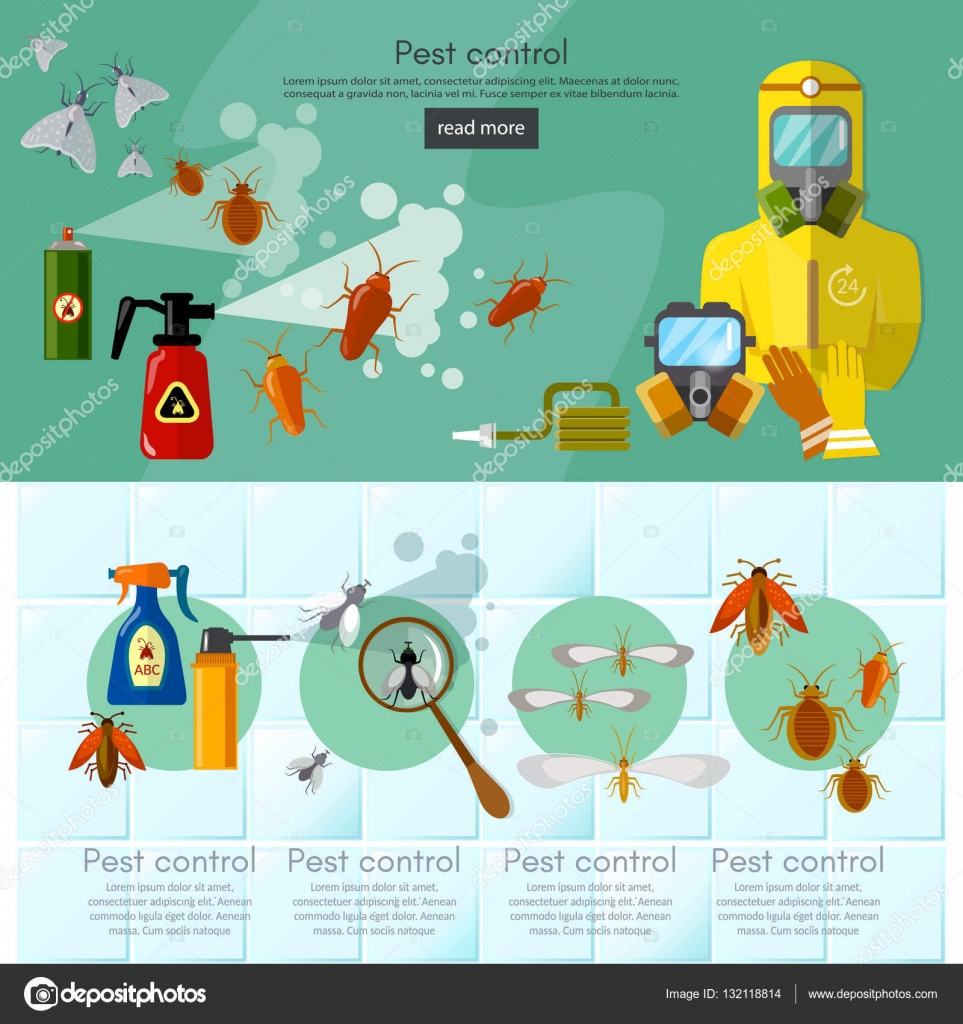Utilize Your Knowledge Of Rodent Nesting Actions To Outsmart These Pest Management Strategies
Utilize Your Knowledge Of Rodent Nesting Actions To Outsmart These Pest Management Strategies
Blog Article
Web Content Writer-McDonough Refsgaard
When it involves rodent control, recognizing typical rodent habits is crucial to successfully managing invasions. Did you recognize that rodents have some remarkable nesting practices that might stun you? By exploring their complex habits, you can gain useful insights into just how to take on rodent concerns in a more calculated and reliable way. So, allow's unravel the secrets behind these animals' activities and learn just how to outmaneuver them in your rodent control initiatives.
Rodent Nesting Habits
When observing rats in their natural environment, you'll observe that they actively choose products to build their nests. Rats, such as computer mice and rats, are clever creatures that use a range of products like branches, leaves, paper, and fabric to develop their homes. They're meticulous in their nest-building procedure, commonly lining their nests with softer materials like fur or feathers to develop a comfy environment.
Rodents like to construct their nests in surprise and safe places to shield themselves and their young from killers. Usual nesting areas consist of wall tooth cavities, attic rooms, basements, and even within insulation products. By creating their nests in these private locations, rats can safely increase their spawn far from possible risks.
It is essential to understand the nesting behaviors of rats when carrying out control steps. By disrupting their nests or getting rid of materials, you can inhibit rats from developing a visibility in your home or property. https://www.mypmp.net/2023/05/30/greenleaf-pest-control-opens-third-arizona-location/ and sealing off access points are likewise important steps in avoiding rodent problems.
Rat Feeding Patterns
After observing rodents' nesting habits, it ends up being evident that their feeding patterns play a critical role in their lives and behaviors. check this link right here now , consisting of mice and rats, are opportunistic feeders, implying they'll eat whatever food source is easily offered. They're mostly nocturnal creatures, liking to forage for food during the cover of night to stay clear of killers.
Rodents have a diverse diet plan, ranging from grains, seeds, fruits, and vegetables to insects, nuts, and also tiny animals. This versatility in their food options permits them to grow in various environments, consisting of metropolitan areas where human food resources are abundant.
Their feeding patterns aren't just driven by hunger yet additionally by the requirement to stock food for times of shortage. This habits is especially visible in preparation for winter months or when nesting. Rodents are understood to hoard food in their nests or burrows, guaranteeing a constant food supply. Understanding their feeding patterns is important in carrying out reliable rodent control measures to interrupt their food resources and stop infestations.
Rat Activity and Travel
Rodents browse their environments with dexterity and stealth, utilizing their keen senses to relocate quickly with their settings. These animals are proficient mountain climbers, able to scale walls and vertical surface areas easily. They can also press via surprisingly little openings, making it essential to seal off any prospective access points in your home.
When it pertains to taking a trip, rodents tend to follow acquainted paths, producing routes along wall surfaces or skirting the edges of areas. They're creatures of habit, typically sticking to these developed courses as they forage for food or discover their environments.
Rodents are known for their nighttime behaviors, so you might hear them hurrying around at night as they search for food and water. Their motions are quick and erratic, allowing them to dart in and out of sight in the blink of an eye.
Understanding just how rats move and travel can assist you determine possible problem areas in your home and take aggressive steps to avoid these pests from acquiring a footing.
Conclusion
As you function to manage rats in your home, remember that recognizing their behavior is essential. By acknowledging their nesting routines, feeding patterns, and activity, you can properly avoid invasions.
Together, by taking positive actions to remove food resources and seal off entry points, you can interrupt their familiar paths and compel them to seek out new areas, eventually reducing the chance of rodent existence in your space.
